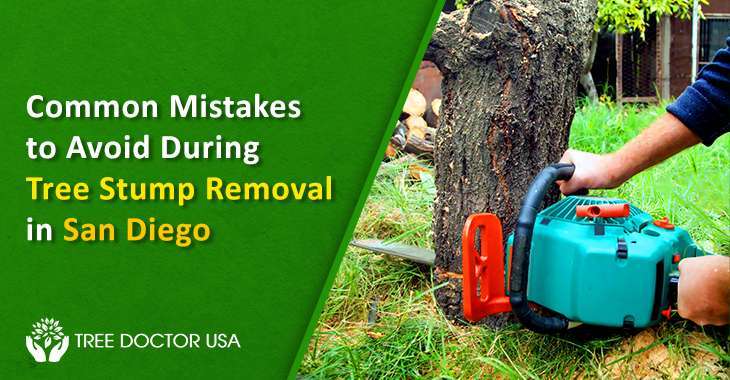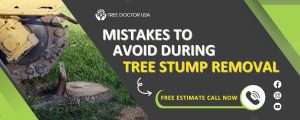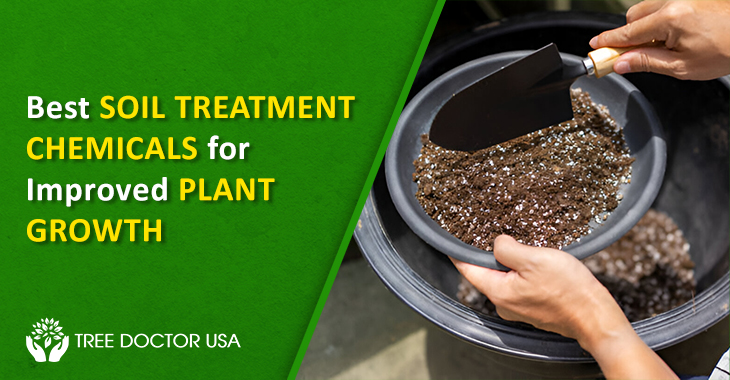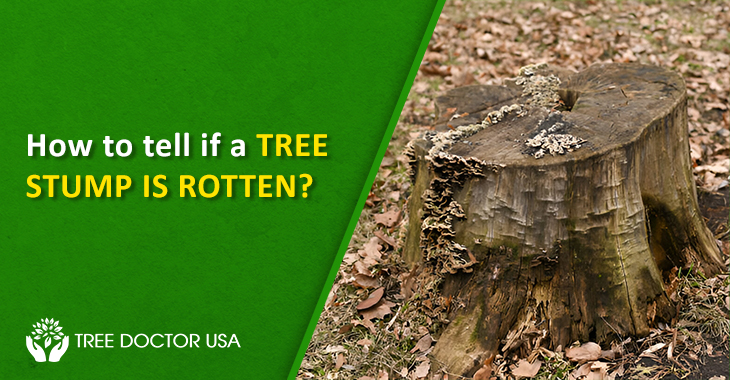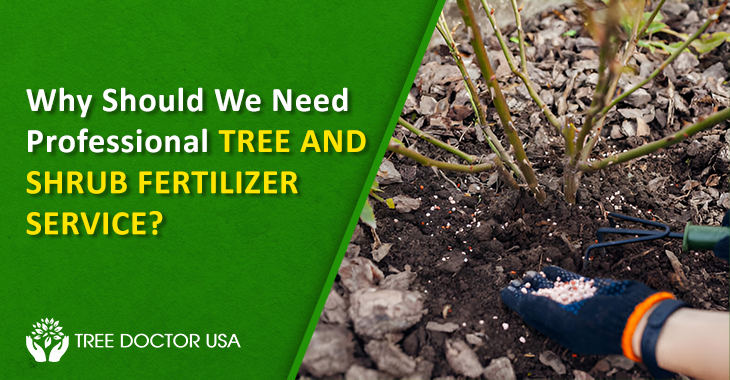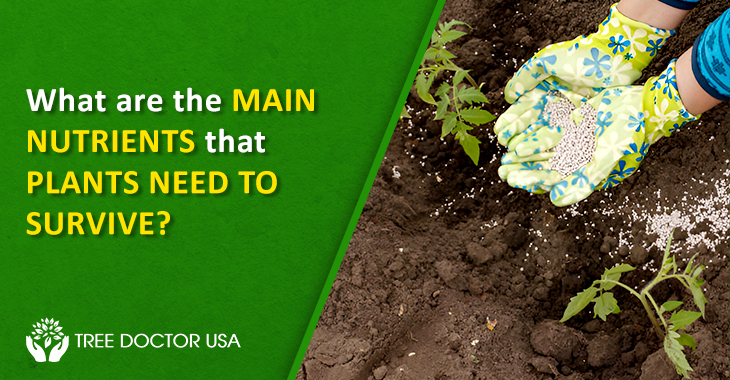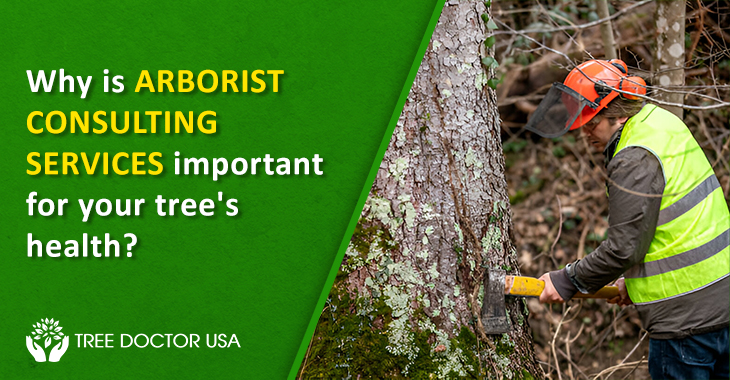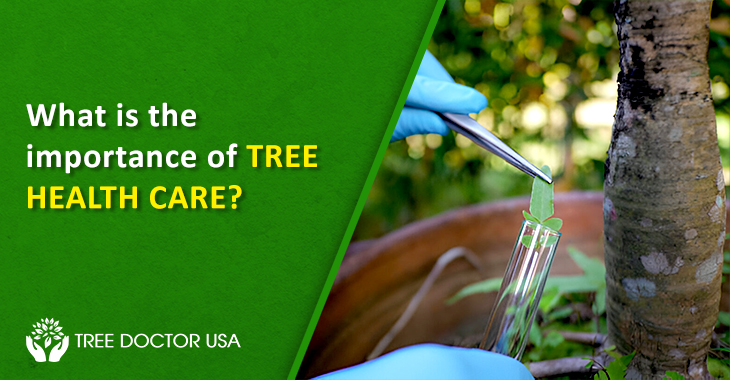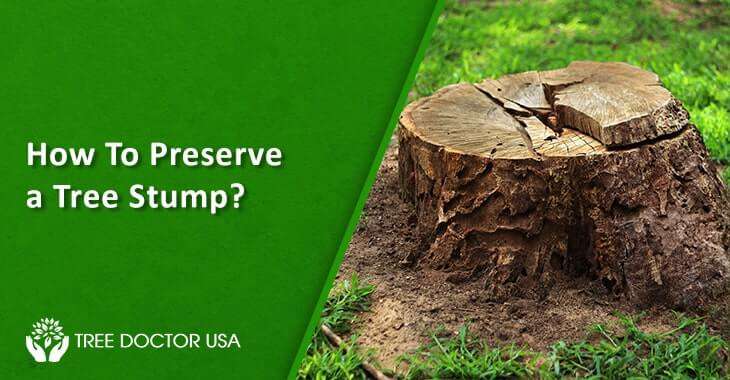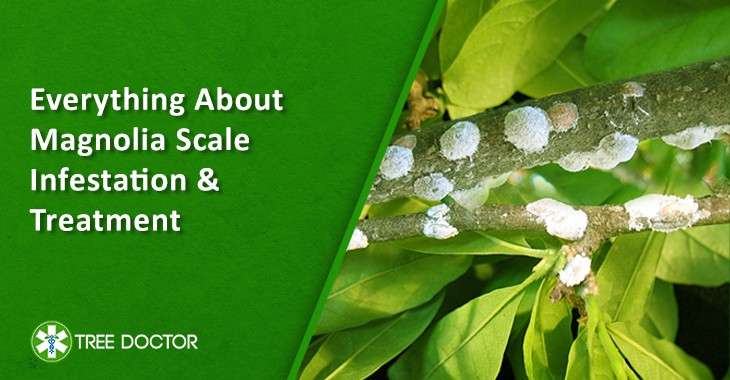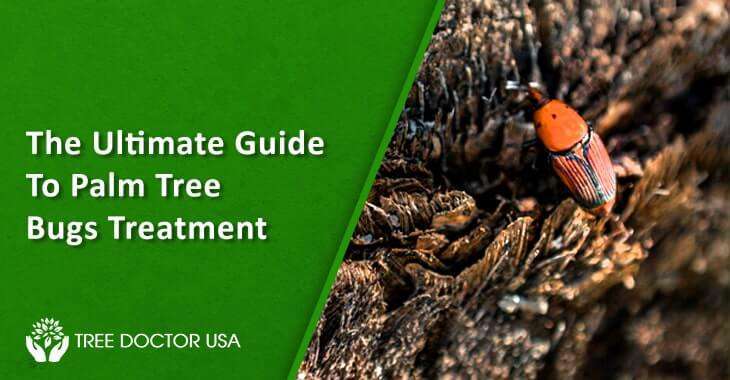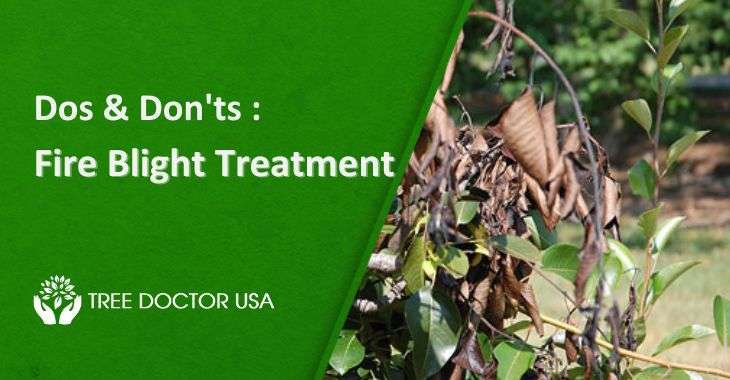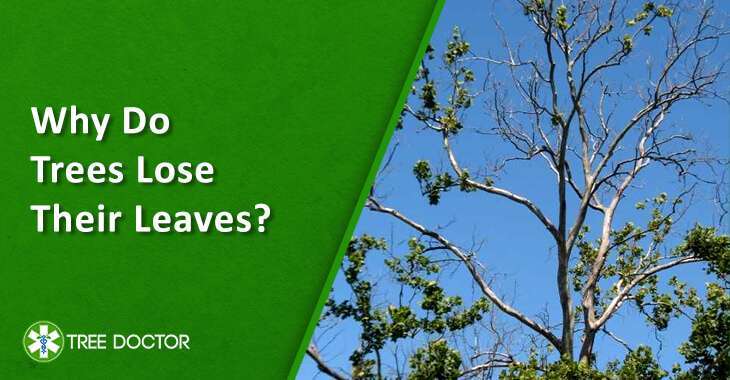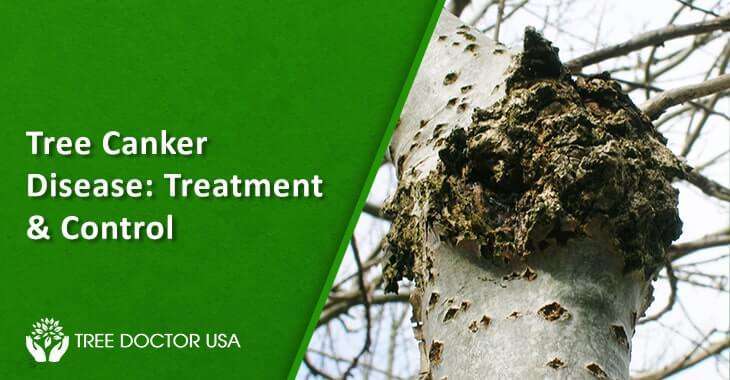Common Mistakes to Avoid During Tree Stump Removal in San Diego
San Diego stands as a scenic coastal city that diligently adheres to the guidelines set by the International Society of Arboriculture (ISA) concerning tree preservation. The ISA advises against removing more than 25% of a tree’s living branches and foliage. Prune slow-growing species within 10% and faster-growing varieties can sustain up to 25% pruning. Furthermore, the city has initiated a pressing need for increased tree plantations due to new geographical requirements. However, several aged tree stumps mar the landscape, impeding these efforts. Residents often attempt to mistake Tree Stump Removal in San Diego, inadvertently inviting unforeseen complications.
What is the tree stump removal process?
Tree Stump Removal refers to the elimination of the remaining part of a tree that stays embedded in the ground after it has been cut down or fallen. This procedure employs various techniques, such as grinding or excavation, to remove the stump and its roots from the ground, effectively clearing the area for new planting or construction. However, many individuals opt for a DIY approach rather than seeking professional assistance, resulting in numerous mistakes during the process. Let’s explore some common errors that should be avoided when attempting Tree Stump Removal.
Mistake 1: Attempting DIY tree stump removal without proper experience or equipment
The elimination of a tree stump can be a weekend project, but it is risky without the right expertise and tools. San Diego’s scenic outlook often hides the complexity of tree root systems, posing a challenge to amateur stump removers.
Risks Involved:
Personal Injury: One of the foremost dangers is personal harm. Without adequate knowledge, handling heavy machinery or using tools incorrectly can lead to severe injuries. Misjudging the stability of a stump or encountering unexpected obstacles underground can result in accidents.
Equipment Damage: Improper use of stump removal equipment can harm the machinery and the surrounding property. The cost of repairing or replacing tools and potential harm to your yard or structures can far exceed the expense of hiring professionals.
Mistake 2: Choosing the wrong stump removal method
Selecting the appropriate Tree Stump Removal San Diego method is crucial to effectively bid farewell to stubborn remnants. Each method—grinding, chemical treatment, and burning—has its unique advantages and suitability based on various factors like stump size, location, and budget.
Grinding: Grinding stands out as a popular method due to its efficiency and effectiveness. The process entails the utilization of specialized equipment to crush the stump into smaller wooden fragments. This method is ideal for larger stumps, as it efficiently breaks them down below the surface, preventing regrowth. Stump grinders vary in size, allowing access to stumps in different locations, like tight spaces or near structures.
Chemical Treatment: Chemical treatment involves the application of specific substances to accelerate the stump’s decomposition. This method is viable for smaller stumps and requires patience, as it can take several weeks for the stump to decay fully. Chemical treatments are cost-effective but might not be environmentally friendly and can impact surrounding vegetation.
Burning: Burning, while a traditional method, is less commonly used due to associated risks like fire hazards and potential underground root system damage. It requires creating a controlled fire over the stump, gradually reducing it to ash. Burning larger stumps in open areas with strict adherence to safety measures is suitable.
Also Read: How To Preserve a Tree Stump?
Mistake 3: Failing to consider the root system
Many underestimate the reach of tree roots, which can sprawl far beyond the confines of the visible stump. It’s vital to grasp that these roots if left unattended, can lead to persistent regrowth and pose risks to subterranean structures.
Comprehensive root removal is of utmost significance. Neglecting this step might result in the resurgence of the tree or shrub, undoing all the efforts invested in stump removal. Moreover, unchecked root growth can cause damage to underground pipes, foundations, or other essential structures, leading to costly repairs down the line.
To ensure a complete and effective removal process, focusing on eliminating the root system is imperative. It not only prevents regrowth but also safeguards the integrity of surrounding structures, averting potential hazards and preserving the horticulture‘s health and stability.
Mistake 4: Neglecting safety precautions
Lack of safety precautions can lead to serious risks. Personal protective equipment (PPE) is required when handling tree stump removal. Flying debris poses a threat, along with sharp roots that can cause injury. Chemical exposure is another hazard to consider. Wearing safety goggles, gloves, and sturdy footwear is essential. Techniques like cautiously cutting roots and using protective barriers reduce dangers. Prioritizing safety prevents accidents and ensures a secure removal process. Don’t overlook safety measures; they safeguard against potential harm, making the task safer and more manageable.
Mistake 5: Ignoring the aftermath
Your terrain’s health and appearance can be negatively affected if you ignore the aftermath of stump removal. Proper backfilling and soil restoration are important steps. People often overlook these critical steps after removing a tree stump. The stump’s absence can cause soil erosion and compromise the stability of surrounding plants and structures.
Consider backfilling the area with suitable soil to prevent sinking or shifting. Adding organic matter can improve soil quality and promote healthy growth for future plantings.
This opportunity enhances your surrounding’s appeal and functionality. Landscaping the cleared space beautifies the area and optimizes it for new plantings or functional elements. Replanting can create a harmonious ecosystem and boost aesthetics by using native or suitable species.
Design elements like pathways, seating areas, or garden beds can transform the spot with stumps into a functional and visually pleasing space. You can elevate your outdoor space’s beauty and purpose by addressing the aftermath of stump removal. Proper backfilling, soil restoration, and thoughtful grounds keeping accomplish this.
Conclusion
The safer route to stump removal lies in professional hands. Tree stump removal San Diego‘s trained experts possess the skills, experience, and specialized equipment essential for a secure and efficient stump extraction process.
Benefits of Professional Services:
Safety: Professionals prioritize safety, employing proper techniques to eliminate stumps without endangering people or property. They are well-versed in managing unexpected challenges that often arise during removal.
Efficiency: With their expertise and high-quality equipment, professionals complete the task swiftly and efficiently, leaving your property free from remnants of the removed stump.
Enjoy a safe, efficient, and compliant stump removal process by avoiding these common mistakes and seeking professional assistance. Book your appointment today with a reputable Tree Stump Removal San Diego service provider.

